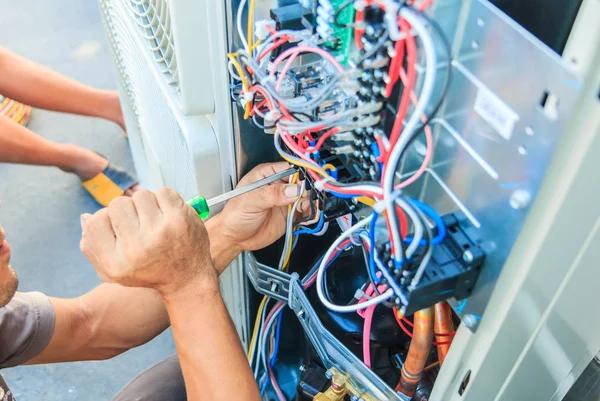Designing for Innovation: Because Modern Work Needs Modern Spaces
Innovation is the lifeblood of modern businesses. It’s what drives growth, disrupts industries, and propels companies into new markets. But for innovation to truly thrive, it requires an environment that nurtures creativity and encourages collaboration. This is where the importance of designing for innovation comes in; modern work needs modern spaces.
Designing for innovation isn’t just about creating a visually pleasing workspace; it’s about fostering an atmosphere that inspires fresh thinking, facilitates dialogue and promotes problem-solving. The physical layout of a workspace can significantly influence how people interact with each other and their surroundings.
Modern workspaces are moving away from traditional cubicles towards open-plan offices with flexible working zones. These areas provide employees with options on where they can work depending on their tasks or mood. For instance, quiet corners for focused individual tasks or communal tables for collaborative projects.
Moreover, integrating technology into these spaces is crucial in our increasingly digital world. Tech-enabled rooms equipped with interactive whiteboards or video conferencing tools not only improve communication but also enable seamless collaboration between teams located in different geographical locations.
However, designing innovative workspaces goes beyond physical space and technology integration; it must also consider explore the website psychological aspects of the environment. Colors, lighting conditions, noise levels all play a pivotal role in influencing employee mood and productivity levels.
For example, natural light has been linked to improved mental health and increased productivity while certain colors can stimulate creativity or induce relaxation. Noise-cancelling features could be added to help maintain focus during intense periods of concentration or meeting rooms designed with acoustics in mind so discussions remain within closed doors ensuring privacy.
Furthermore, incorporating elements such as greenery or artwork can create a more inviting ambiance which helps reduce stress levels among employees leading to higher job satisfaction rates which ultimately affects overall company performance positively.
Inclusivity should also be at the forefront when designing innovative workplaces as diverse teams bring diverse ideas thereby fueling creativity further strengthening an organization’s innovative potential. This means creating spaces that cater to the needs of all employees regardless of their physical abilities or personal preferences.
In conclusion, designing for innovation is not a one-size-fits-all approach. It requires an understanding of the unique needs and working styles of your workforce, as well as a willingness to experiment with different layouts and technologies. By creating a workspace that encourages collaboration, integrates technology, considers psychological influences and promotes inclusivity, businesses can cultivate an environment that fosters creativity and drives innovation – because modern work indeed needs modern spaces.



